The Volvo XC40 is a small, safe, and luxurious SUV released since the 2018 model year by Volvo Cars. In the United States, it competes with a neverending line of crossovers including the Toyota Rav4, Honda CR-V, Jeep Renegade, Jeep Compass, Nissan Rogue, Mazda CX-5, Subaru Forester, and Ford Escape. There’s also likely some overlap between families interested in the slightly larger XC60 or station wagon-based V60. It tests well from a safety perspective, with high safety scores in the small overlap, moderate overlap, side, and roof strength tests, as well as established but essential goodies like ESC and side airbags. Front crash prevention is also included as a standard feature on all trims, marketed as “City Safety”, and is capable of avoiding vehicular collisions at up to 25 mph and crossing pedestrian collisions at up to 12 mph consistently. In other words, it checks off the vehicular safety boxes when looking at best practices. But how does it do with car seats?
I made it my goal to find out. However, as always, before going into which seats fit (an awful lot of them) and which ones didn’t (very few), let’s review which kinds of seats are best for particular developmental ages and stages for your kids, and why.
In my books, the core of car seat safety involves rear-facing. It’s the safest position available in every vehicle, statistically speaking, and the benefits of extended rear-facing extend from childhood through adulthood. I typically suggest keeping children rear-facing as long as possible (until 4 or 5 like the Swedes), followed by harnessing until they can safely use booster seats (until at least 5, like the Swedes), and then boostering until the 5 step test is passed (typically between 10, 11, and 12). Beyond that, I suggest keeping kids in the back seat until at least 13, and delaying teen solo driving until 18 if possible. The goal isn’t to move through seats as quickly as possible; it’s to keep kids as safe as possible whenever they’re in motor vehicles.
If you find my list of what I believe to be the most detailed 3 across guide for the Volvo XC40 on the Internet, you can shop through my Amazon link below. I’ll add more seats as I test or confirm them over time.
You can access the complete 3 across guide for every vehicle here and the complete list of recommended seats here. The Canadian car seat guide is here. 3 across car seat images are taken by yours truly or are courtesy of Wikipedia or the NHTSA.
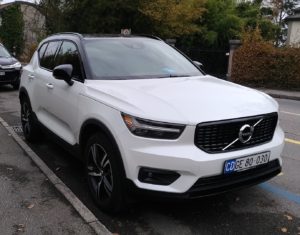 2018, 2019, 2020 Volvo XC40
2018, 2019, 2020 Volvo XC40
Guaranteed 3 across installations:
Clek Fllo (x3).
Clek Foonf (x3).
Diono Radian 3RXT (x3).
Diono Radian 3RX (x3).
Clek Oobr (x3).
Diono Radian R100 (x3).
Chicco KeyFit 30 (x3).
Tips and Tricks:
The initial generation of the Volvo XC40 is a shade over 174 inches long, 73.3 inches wide, and 65 inches tall. As a result, you’ll be able to fit narrow seats in the 2nd row as long as you’re willing to use seat belts instead of LATCH. As is almost always the case with small SUVs (which are essentially raised versions of small cars), front-to-back room will be limited, particularly if you’ve got taller occupants in the front row.
 If you find my information on best practices in car and car seat safety helpful, you can buy my books here or do your shopping through this Amazon link. Canadians can shop here for Canadian purchases. It costs nothing extra to do so, but when you shop through my links, a small portion of your purchase, regardless of what you buy, will go toward the maintenance of The Car Crash Detective.
If you find my information on best practices in car and car seat safety helpful, you can buy my books here or do your shopping through this Amazon link. Canadians can shop here for Canadian purchases. It costs nothing extra to do so, but when you shop through my links, a small portion of your purchase, regardless of what you buy, will go toward the maintenance of The Car Crash Detective.

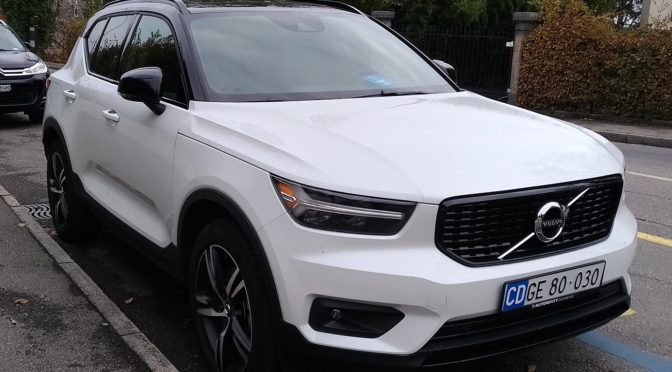
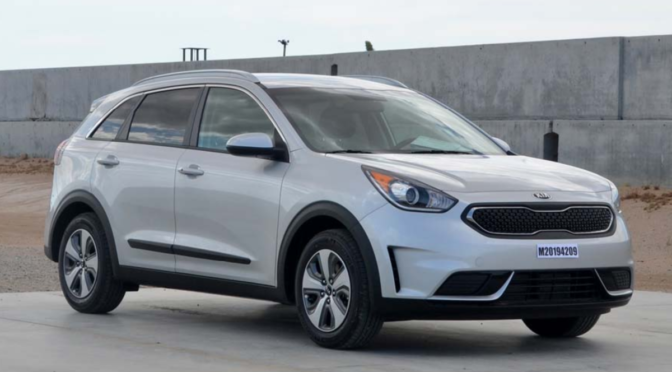
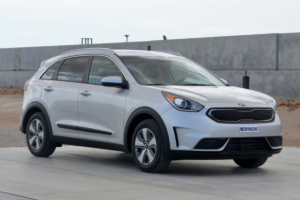 2018, 2019, 2020 Kia Niro
2018, 2019, 2020 Kia Niro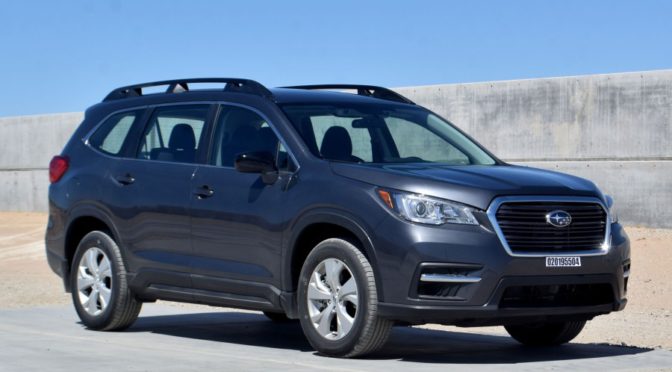
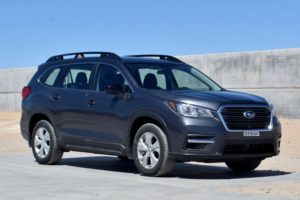 2018, 2019, 2020 Subaru Ascent
2018, 2019, 2020 Subaru Ascent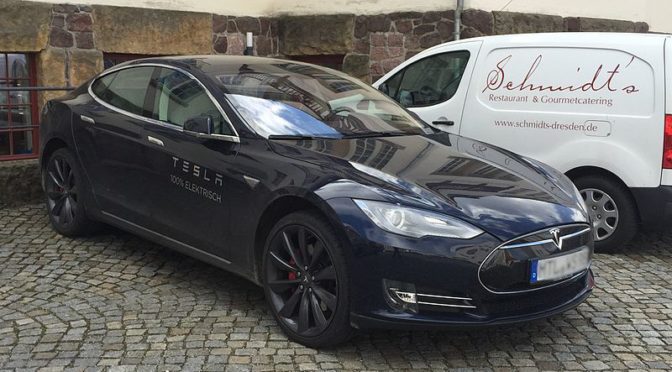
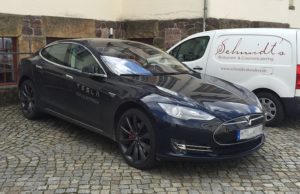 Guaranteed 3 across installations:
Guaranteed 3 across installations: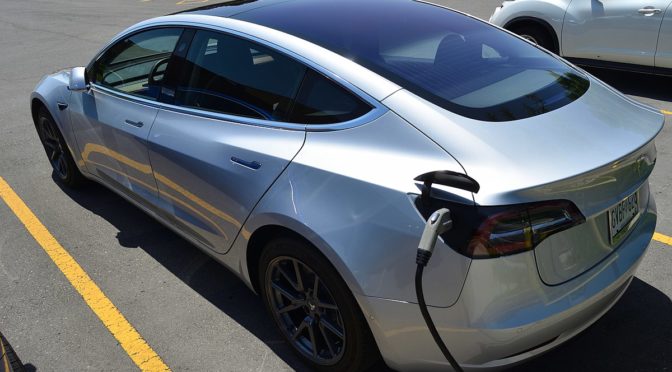
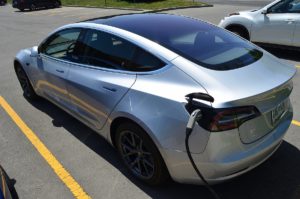 Guaranteed 3 across installations:
Guaranteed 3 across installations: